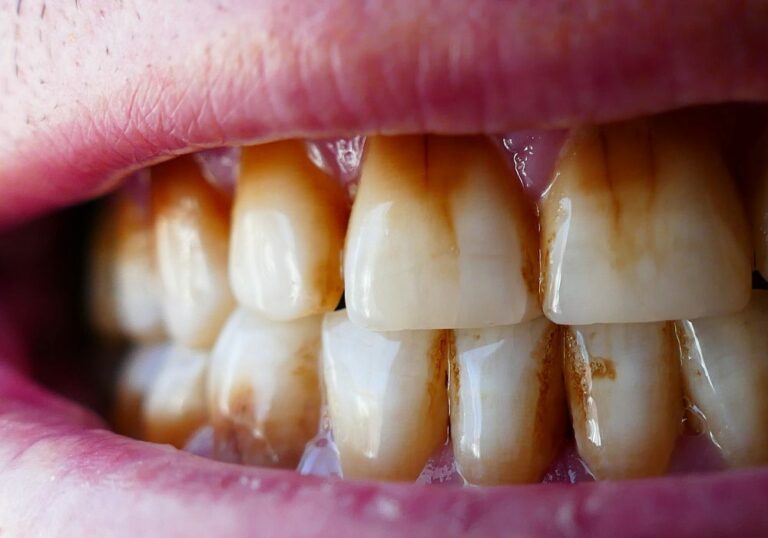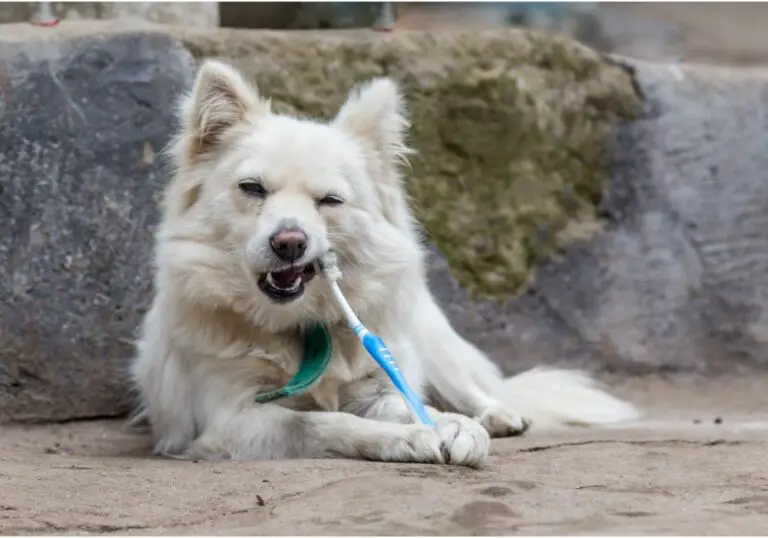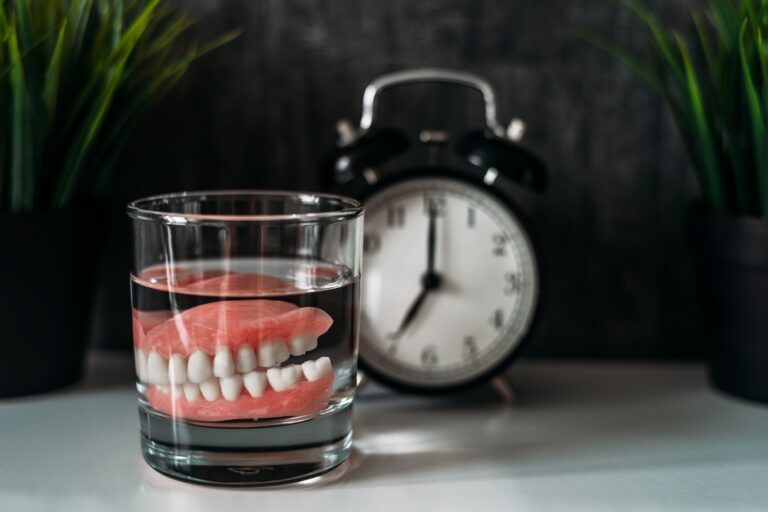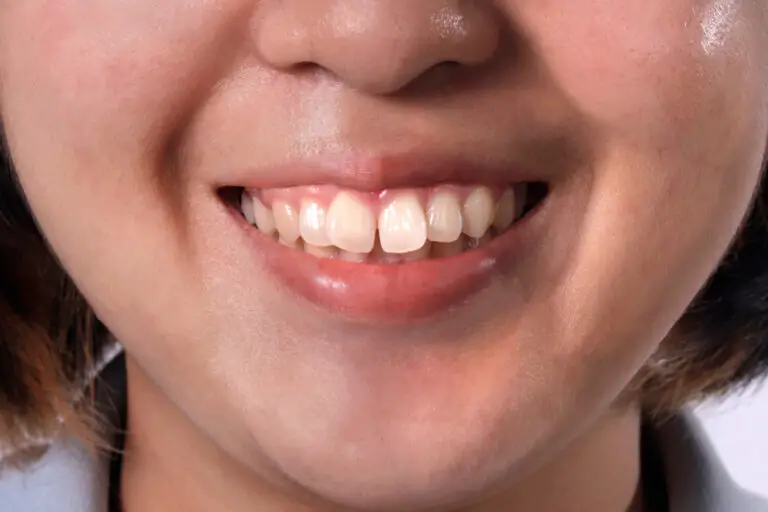It’s an extremely common phenomenon for teeth to shift and change position over time as you age. In fact, studies estimate that over 75% of adults will experience some degree of dental misalignment and tooth movement later in their life. There are a number of reasons why your teeth may begin to shift, and it tends to gradually worsen over the decades. Understanding what’s causing your teeth to move and finding solutions to stabilize your smile are key as you get older.
What leads to teeth shifting in adults?
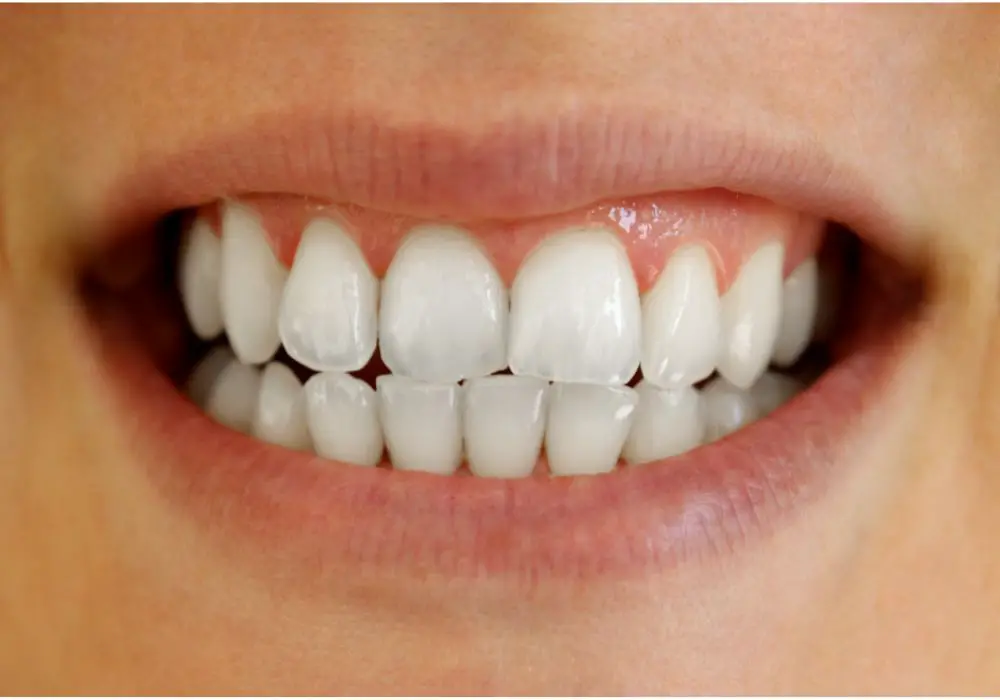
There are several key factors that influence teeth to drift out of place as you age:
1. Loss of jawbone density
Your jawbone acts as the sturdy foundation that holds your teeth in their proper position. As you get older, it’s natural for your jawbones to gradually lose density and volume. This erosion of bone tissue means there is less structural support directly beneath your teeth. With a weakened base, your teeth become looser and more prone to shifting.
Specific causes of diminishing jawbone include:
- Natural aging process – Jawbones lose mass just like other bones in your body over time. This thinning bone density due to aging allows teeth to drift.
- Missing teeth – After a tooth is lost, the section of your jawbone beneath it will start to deteriorate without the stimulus of the tooth root. This accelerates bone loss and looseness in nearby teeth.
- Periodontal disease – Chronic gum inflammation damages the bony socket around tooth roots. This advancing bone loss fuels teeth shifting.
- Menopause – Decreasing estrogen levels in women after menopause accelerates bone density loss. This swiftly increases risk of shifting teeth.
2. Changes in gum tissue
Your gums are vital for holding teeth tightly and securely in correct alignment. When gum health declines, they can no longer anchor your teeth properly. Reasons gums deteriorate include:
- Gingivitis and periodontitis – Chronic infection causes swollen, inflamed gums that pull away from teeth. Pockets form which allows teeth to drift.
- Hormone fluctuations – The rise and fall of progesterone and estrogen during puberty, pregnancy and menopause impact gum tissue.
- Poor hygiene – Inadequate brushing and flossing leads to plaque buildup, tartar and receding gums.
- Medications – Some drugs like antidepressants or blood pressure medications cause dry mouth and gum problems.
3. Missing teeth
As you lose teeth over the years due to decay, periodontal disease or injury, empty spaces are left in your bite. Remaining teeth will gradually tilt, rotate or drift to try and fill those gaps where missing teeth were removed. This compensatory shifting can worsen bite alignment.
4. Uneven chewing and bite forces
If your upper and lower arches of teeth do not bite together symmetrically, it leads to uneven chewing forces on your teeth over time. Abnormal pressures cause some teeth to eventually shift position. Causes include:
- Worn down teeth – Years of chewing wear the biting surfaces of your molars down unevenly. This alters your bite alignment.
- Orthodontic relapse – Teeth drift from their straightened positions after you stop wearing retainers.
- Fillings or crowns – Dental work slightly alters the size and shape of teeth, throwing off your bite.
5. Habits and behaviors
Some lifestyle habits put persistent strain on your teeth that causes movement out of place:
- Bruxism/grinding – Clenching or grinding your teeth, often at night, applies extreme grinding forces against teeth over time.
- Tongue thrusting – Constant abnormal tongue pressure against teeth pushes them out of place.
- Nail biting or chewing on hard items – These habits traumatize teeth.
- Missing orthodontic retainer wear – Not wearing removable retainers as prescribed allows teeth to easily relapse.
6. Pregnancy
Hormonal fluctuations during pregnancy are known to increase likelihood of teeth shifting. Elevated estrogen and progesterone can alter bone density and gum health in ways that disrupt orthodontic treatment and allow tooth movement.
What problems can shifting teeth cause?
Minor gradual tooth movement may not be noticeable or problematic at first. But over time, severely misaligned teeth can lead to some significant oral health complications:
- Tooth decay – When teeth shift out of normal position, it disrupts your natural bite alignment. Abnormal biting forces lead to enamel wear and chips that expose dentin. This loss of protective enamel allows cavities to form.
- Periodontal disease – Teeth that shift and become misaligned are much harder to keep plaque-free. Food and bacteria easily get trapped leading to inflamed gums.
- Bone loss – Excessive pressures on the teeth as they shift can trigger the body to break down jawbone in response. This enables teeth to continue moving into place, but leads to further deterioration of bone support.
- Tooth fractures – Crooked teeth or misaligned bites often result in teeth chipping and cracking more easily under strain.
- TMD disorders – When the bite is irregular or forced closed, it strains the muscles of the jaw. This can lead to chronic headaches, jaw joint pain and TMJ disorders.
- Chewing impairment – Problematic bite alignment makes it harder to chew and process food efficiently without discomfort or pain.
- Speech difficulties – Severely crooked, crowded or gapped teeth can contribute to lisping and other speech problems.
- Accelerated tooth loss – The combination of above factors results in shifting teeth becoming loose, infected or decayed to the point of requiring extraction.
- Aesthetic concerns – Changes to your smile alignment, spaces opening between teeth, and tooth size discrepancies can greatly impact appearance and self-confidence.
The further your teeth drift out of normal position, the higher your risk of oral disease, pain and diminished oral function.
How much movement is expected with age?
There is no defined clinical threshold or exact measurement for how much teeth movement is considered within “normal” limits as you get older. Most people do experience minor gradual changes in their bite alignment over time:
- Studies show the upper front incisor teeth tip an average of 0.36 millimeters inwards after age 20.
- The lower first molars may flare outwards an average of 0.12 millimeters after age 20.
This slight natural creeping of teeth inward or outward is generally well within normal limits and unlikely to cause major problems on its own. However, rapidly progressive severe misalignment and overlap indicates a pathological problem needing intervention.
At what ages are people most prone to teeth shifting?
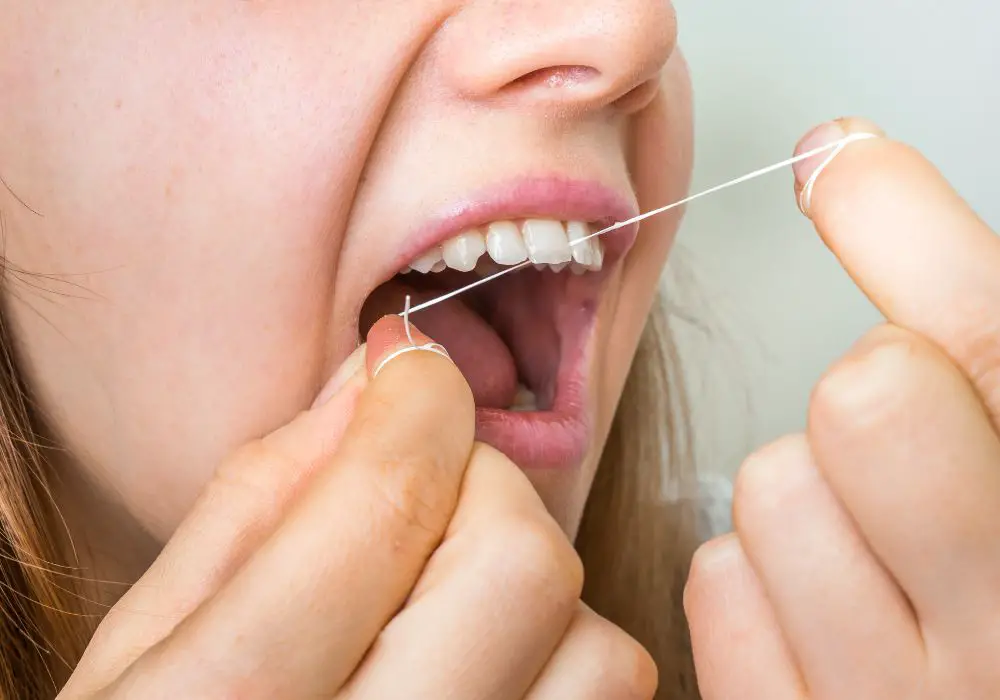
Tooth movement can begin subtly early on but tends to speed up and become more noticeable at certain major life stages:
- Young adulthood – It’s very common to have some orthodontic relapse after finishing braces or aligners and ceasing retainer wear in your late teens and 20s. Minor backward drift is expected.
- Pregnancy – Hormone fluctuations during pregnancy in your 20s or 30s can influence oral tissues and lead to teeth instability.
- Perimenopause and menopause – Declining estrogen levels throughout your 40s, 50s and beyond accelerates bone loss and increases misalignment risk.
- Old age – In general, people over 50 tend to experience the most problems from receding gums, missing teeth, and weakened jawbones that allow teeth shifting. However tooth movement can happen at any age.
While minor tooth alignment changes develop slowly across decades, they tend to worsen over time without treatment. Middle age and beyond tends to mark when major misalignment issues surface.
Signs your teeth are beginning to shift
Watch for these common signs that your teeth are moving out of proper positioning:
- Teeth appear more overlapped, crowded or flared
- New small spaces or gaps forming between teeth
- Bite feels “off” – uncomfortable or unstable when chewing
- Sudden minor changes in speech patterns
- Teeth chipping or fracturing more easily
- Discomfort or difficulty with eating
- Noticeable changes in tooth proportions – teeth looking shorter or longer
- “Gummy smile” – more visible gum tissues when smiling
Your dentist can confirm suspected tooth movement by:
- Comparing before/after x-rays – shifting roots are clear indicators
- Checking for a loose bite with incomplete molar contact
- Testing if teeth are abnormally loose
- Measuring gum recession and changes in tooth size
- Noting drifting of midlines away from central axis
Routine dental exams make it easier to catch subtle alignment changes before teeth move too severely. But let your dentist know right away if you notice anything shifting.
When you should take action
Not all tooth movement requires immediately treatment. But report significant changes promptly to avoid complications:
- Immediately if: new bite problems or pain after a dental procedure or injury
- Within days if: a tooth is suddenly very loose, you have difficulty eating or biting
- Within weeks if: you lose a tooth and remaining ones visibly shift position
- Within a few months if: teeth appear obviously more crooked, you have increased gaps between teeth, or speech changes
- At your next cleaning if: you notice very mild movement like slightly more overlap or spaces between teeth
The goal is to have your dentist intervene with preventive care before shifts become permanent. Don’t delay too long before addressing teeth that are noticeably moving.
Can shifted teeth move back into place on their own?
When caught very early, minor tooth drifting may self-correct on its own without treatment, or be reversible with simple options:
- Within the first weeks – Teeth that begin slowly shifting upon the loss of retainers or during hormonal fluctuations can sometimes reposition themselves if detected right away and closely monitored.
- Within the first 2-3 months – Gradual changes from lost teeth or uneven grinding may spontaneously realign if caught soon and you cease harmful habits.
- Beyond 3-6 months – Longer-term subtle shifting that alters bone, causes inflammation, and leaves teeth in abnormal positions for many months are unlikely to correct themselves without help.
The goal is to intervene when teeth first start to shift to prevent permanent bone changes that will hold teeth in crooked positions. Don’t wait to see if teeth self-correct – talk to your dentist right away.
How can I prevent teeth shifting as I age?
While you can’t always prevent some gradual tooth movement with aging, you can take key steps to minimize changes to your smile:
- Get restorative care to replace missing teeth and maintain your bite. Options range from dental bridges, partials, implants.
- Wear retainers nightly as prescribed, especially after orthodontics, to hold teeth in position.
- Use mouthguards if you grind teeth or play sports to absorb damaging forces.
- Quit habits like chewing ice, nails, pens etc. that traumatize your teeth.
- See your dentist regularly for exams to monitor changes and intervene early.
- Get dental cleanings every 6 months to prevent periodontal problems that loosen teeth.
- Use fluoride toothpaste and rinses to strengthen enamel against decay and cavities.
- Eat a healthy diet with plenty of calcium and vitamin D for optimal bone density.
With diligent at-home care and professional dental cleanings/exams, you can keep your teeth properly aligned longer and delay major restorative corrections.
Orthodontic treatments for shifted teeth
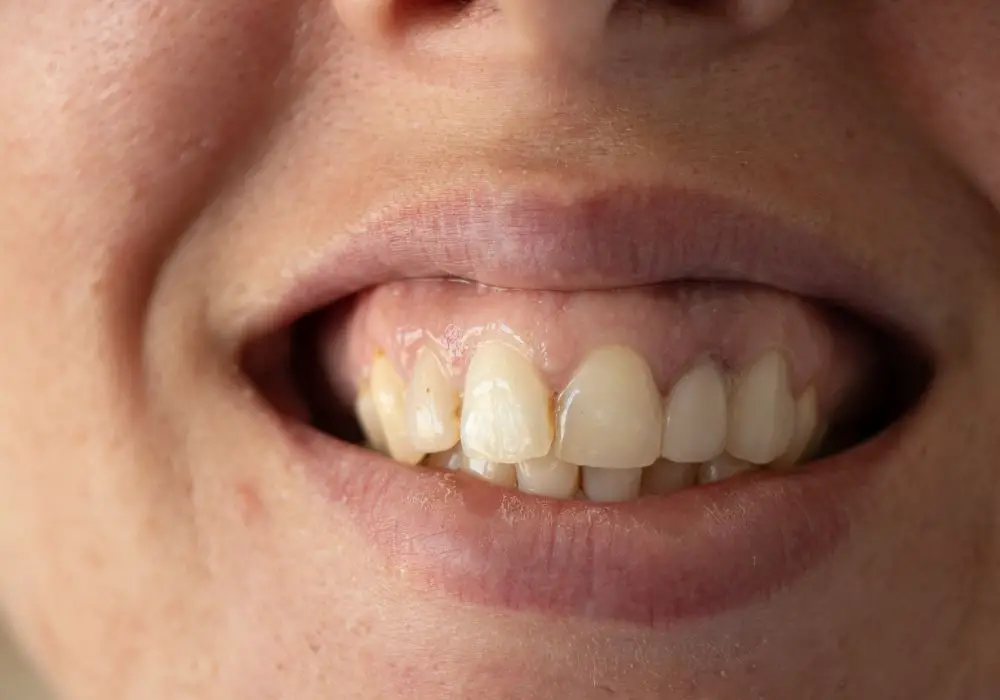
If preventive care fails to stop tooth movement in its tracks, your dentist has effective options to realign and straighten your teeth:
Traditional metal braces
- Brackets bonded to the front of teeth with archwires that apply light, constant pressure to guide teeth into proper place.
- The orthodontist will tighten braces about every 4-6 weeks to gradually shift teeth.
- Treatment times range from 18-24 months on average.
Clear aligners
- Customized clear plastic trays that fit over your teeth and are swapped out every 1-2 weeks.
- Each new tray moves the teeth incrementally into better alignment.
- Aligners are more aesthetic than braces but cannot rotate or severely misaligned teeth.
- Treatment averages 12-18 months.
Orthodontic intervention is most successful if begun when moderate shifting is first detected. Attempting to drastically move teeth already far out of position is more difficult and relapse is more likely.
Maintaining your aligned smile after orthodontic treatment
To prevent teeth from reverting after braces or aligners, orthodontists recommend:
Permanent fixed retainers
- Thin wire bonded permanently to the tongue-side of front 6 teeth
- Keeps front teeth stabilized in position 24/7
- Recommended for several years or lifelong
Removable retainers
- Clear plastic retainers worn over teeth
- Nightly wear for at least the first year is critical
- Ongoing nightly wear may be advised long-term
Regular dental visits
- Professional cleanings every 6 months
- Annual oral cancer screenings
- X-rays to monitor bone levels around teeth
With lifelong retention and dental care, you can enjoy properly aligned teeth for decades. Be vigilant with at-home oral hygiene and daily wear of retainers. See your dentist at the first sign of shifting to keep your smile stable.
Frequently Asked Questions
How much does teeth shifting vary by person?
The degree and pace of tooth movement is highly individualized based on genetics, oral habits, diet, missing teeth history, type of prior orthodontic treatment, and more. Those with gum disease, occlusal trauma, or bruxism tend to experience faster shifts.
Can shifting teeth become so loose they fall out?
Severely progressed periodontal disease can damage ligaments and bone so extensively that teeth become very loose and actually fall out with little pressure. However, moderate tooth movement alone does not typically cause enough instability for teeth to simply fall out spontaneously.
Can teeth moving out of place affect my speech?
Yes, noticeable changes to the front teeth positioning including crookedness, spacing or crowding can contribute to lisping or slurring words. When back teeth shift, it alters the tongue space and can also affect speech.
Should I get a nightguard if I think my teeth are shifting due to grinding?
Yes, a custom nightguard is highly recommended for bruxism and teeth clenching to protect teeth from damaging forces. A nightguard can help slow or prevent teeth shifting resulting from occlusal pressures and parafunctional habits like grinding.
When is braces or Invisalign recommended for shifting teeth?
Your dentist will suggest orthodontics if tooth movement is:
- Causing fractures, damage or oral health issues
- Developing major gaps that trap food debris
- Worsening bite alignment that impairs chewing
- Causing aesthetic concerns affecting self-confidence


